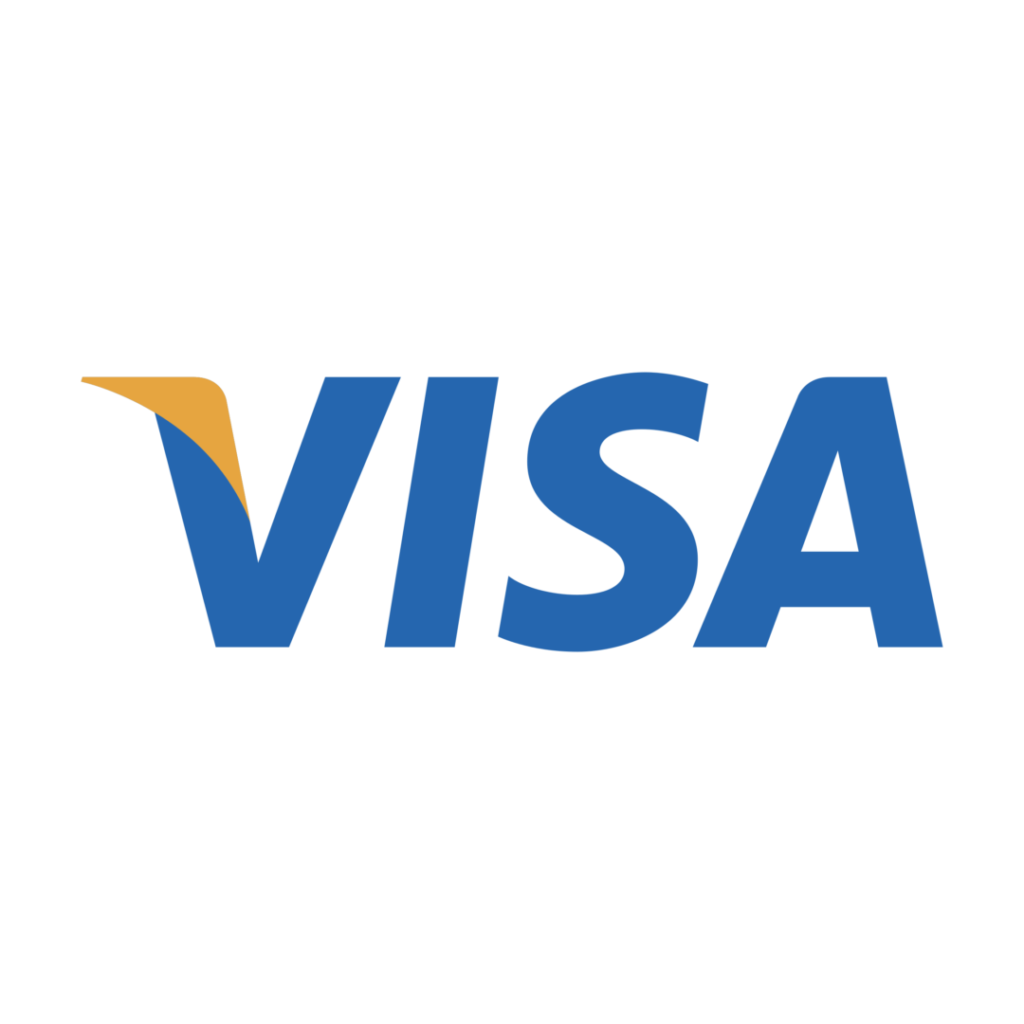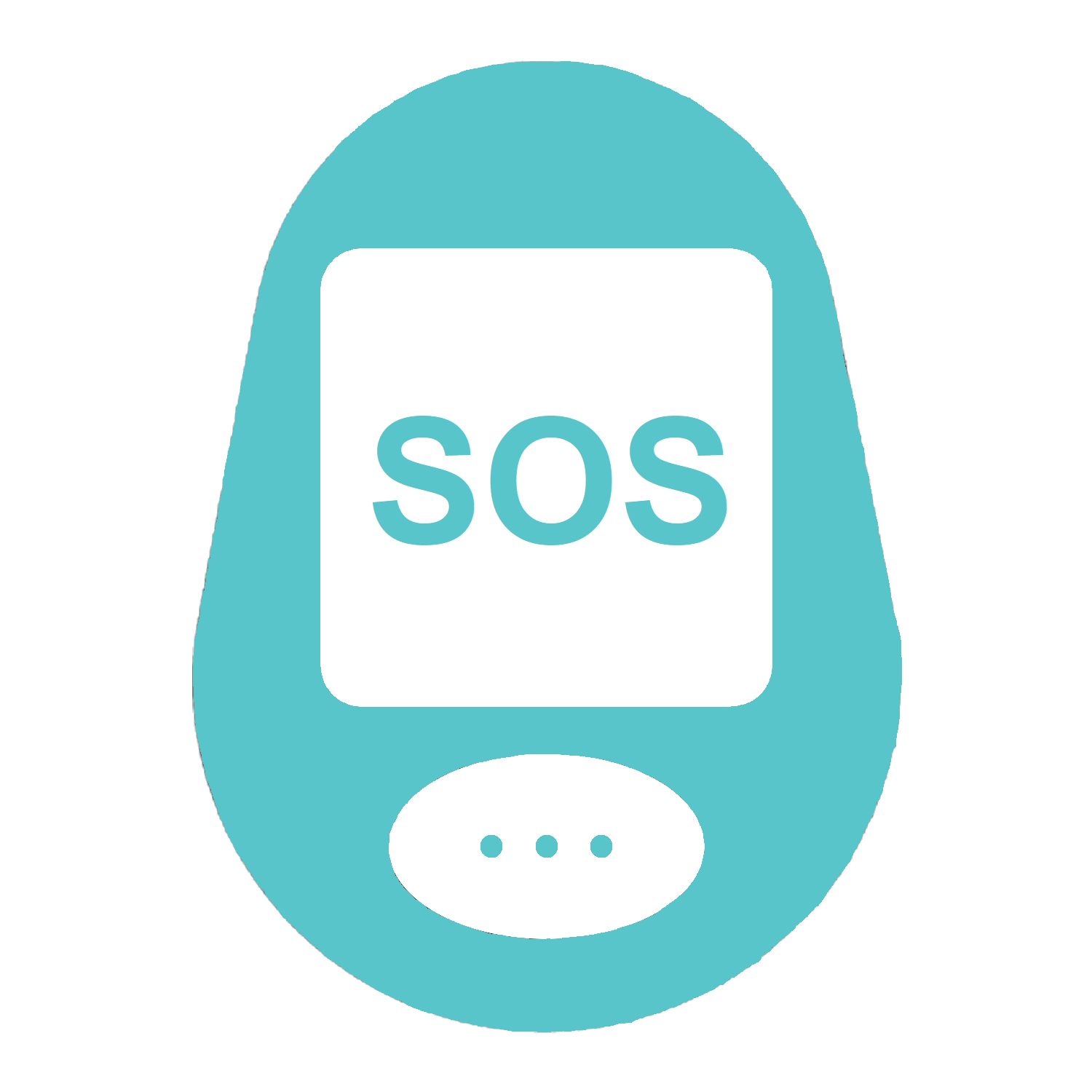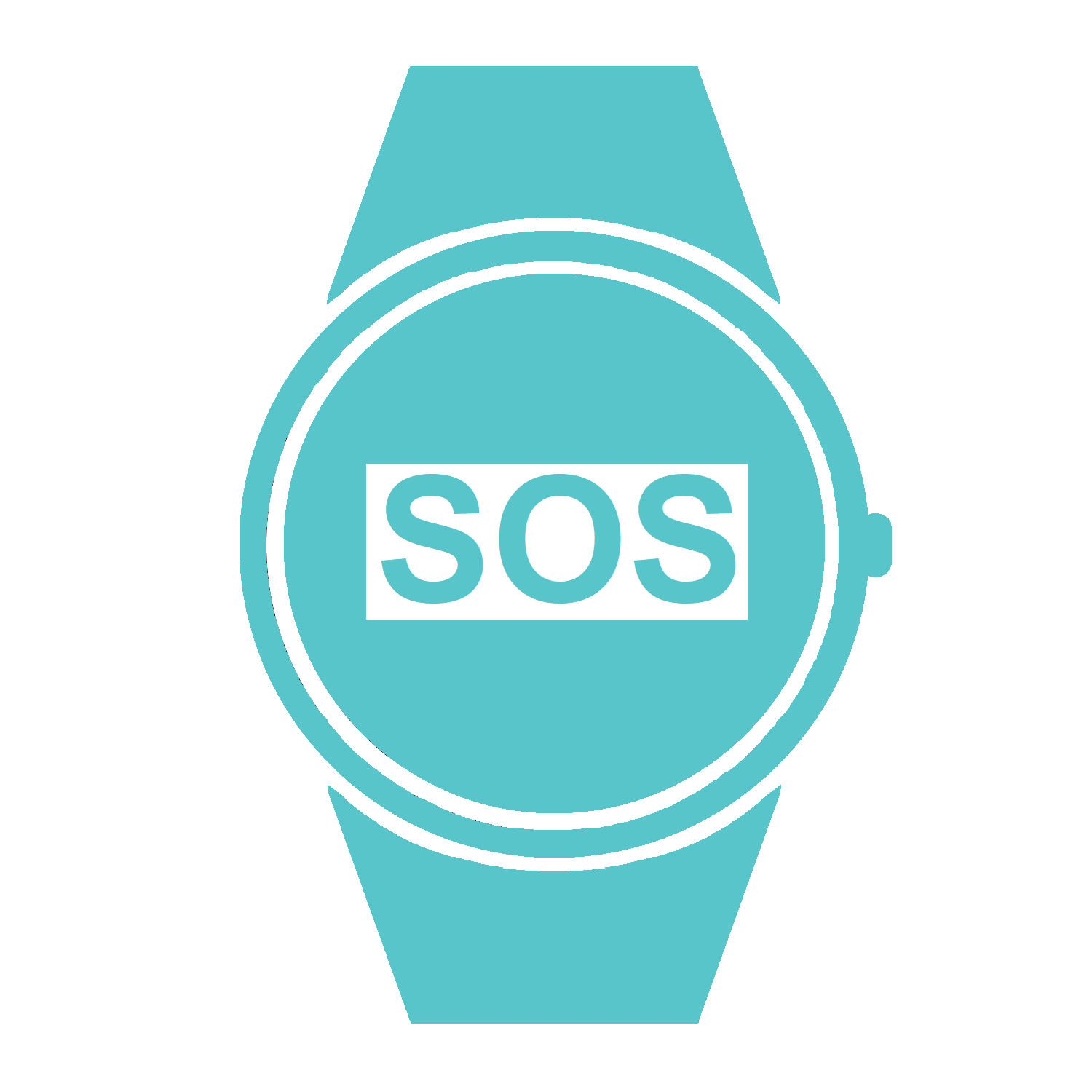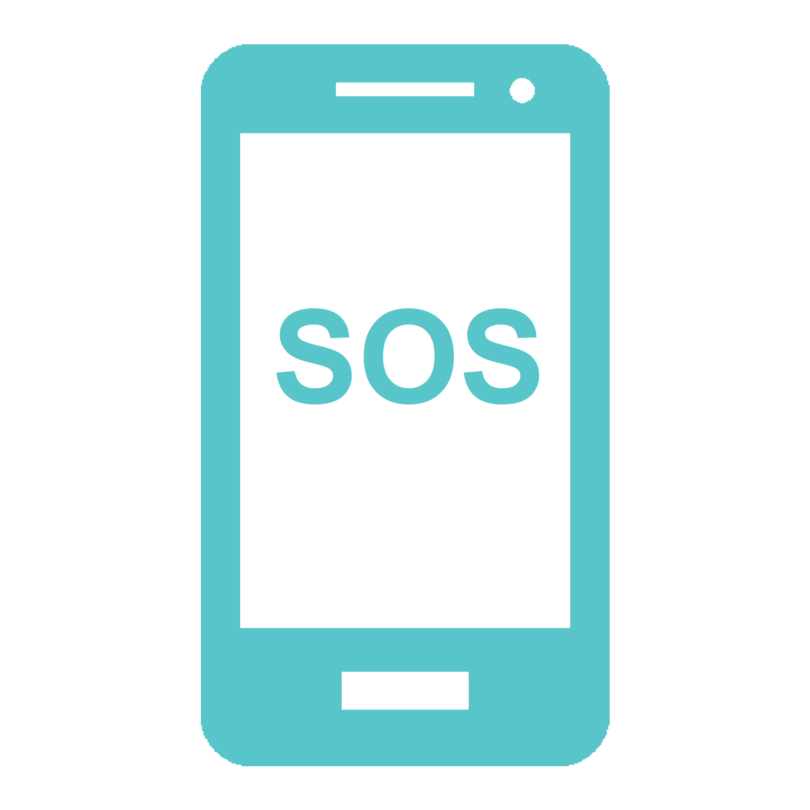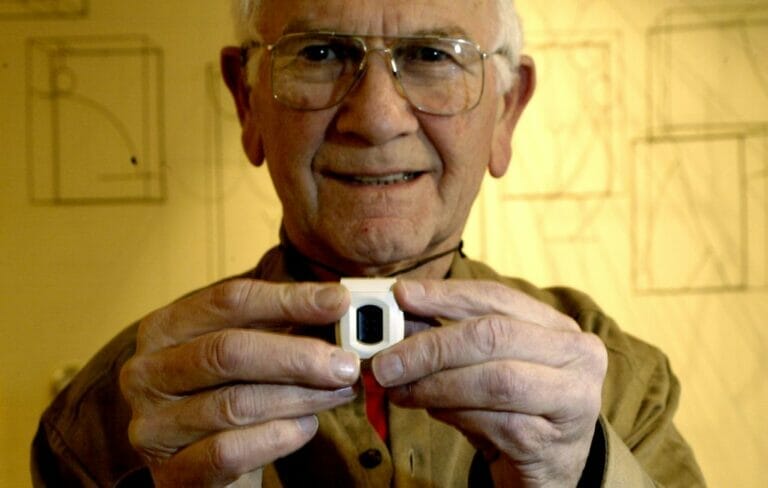The first Emergency Services (ES) phone number originated in London in 1937. The UK still uses Triple Nine to call an emergency operator, but don’t ask why there is no “9” button on this Welsh phone.
We are fortunate in Australia to have a dedicated number for fire, ambulance or police. Many countries don’t. When the idea was first conceived to use a triple digit number for ES, all phones used a landline. Now that mobile phones are commonplace, approximately two-thirds of all calls made to Triple Zero are from mobile phones.
Triple Zero (000) works well when the caller can speak. For people who are deaf, have a hearing or speech impairment, there is a textphone (TTY) service or online access. For those without TTY, an alternate service is provided for Speak and Listen callers. While these texting options are in place for a specific segment of the population, they are not just inconvenient, but significantly time consuming to use when seconds or minutes could mean the difference between life and death. In April of this year, the governing body that oversees 000 instituted new rules to better access the location of mobile phone users who call 000. The Australian Communications and Media Authority (ACMA) and phone service providers are to be commended for this collaborative work.
As good as our 000 service is, it could be readily improved with existing technology to permit SMS text alerts. Particularly now that the National Broadband Network (NBN) has steamrolled all in-home Personal Emergency Response Systems (PERS) that were landline based.
Mobile PERS (M-PERS) bypass the NBN by using the same cell network as a mobile phone. When the SOS button is pressed, a prepared text is sent and/or a call is made to the pre-programmed emergency contact number(s). M-PERS usually include a GPS chip so that the location can be automatically generated as a link to Google Maps with a ready-made text. This instant information would be particularly useful for 000, especially if an M-PERS user were unable to verbally communicate.
Suppose you are prone to an epileptic seizure. . . or you collapse from a stroke. . . or you’re suddenly struggling to breathe and cannot speak. Imagine if your name, location, pre-existing concerns, and instructions were able to be given to 000 in a matter of seconds. All you had to do was press a button or simply fall. There is no doubt that lives could be saved if 000 were able to act on incoming texts.
WHAT ABOUT ACCIDENTAL AUTO-GENERATED TEXTS THAT GO TO 000?
Accidental texts are as likely to occur as accidental calls to 000 have been happening for years. Ideally, we’re better served when we speak to the 000 operator. For texts that are automatically sent to 000, the key is that a call should accompany the text. The opportunity must be available for audible communication to overrule a preprogrammed text message.
There are a myriad of reasons why a caller may be unable to speak. A preprogrammed text message coming from the same phone number as a call to 000 could be linked and explain why the caller cannot speak. There are already so many occasions when someone calling 000 has not spoken that the protocol for the operator is to redirect the caller to an interactive voice response unit. The caller is instructed to press 55 on their keypad. If that doesn’t happen after 3 requests, the call is disconnected.
We propose that the ACMA should standardise a pre-programmed format of information that all M-PERS must conform with. This way, 000 operators can readily grasp the likely nature of the emergency and why there may have been no voice communication. For example: “Sam Smith, emphysema, send ambulance, [Google Maps link]” or “Tina Jones, partner abuse, send police, [Google Maps link]”.
If 000 receives BOTH a call AND a text, IF there is no verbal communication, THEN the text may be a lifesaver of last resort. Rather than dismissing the caller as happens now, 000 could be receiving valuable information to act upon in a text message that accompanies a silent caller. Personal emergency devices are designed to perform this very task.
WHO’S GOING TO PAY FOR THE ADDITIONAL INFRASTRUCTURE?
The technology to handle calls and texts has been available in the US for years. The cost for 000 to handle incoming texts would invariably be more than what is currently budgeted for the existing system.
Calls to 000 number in the millions annually. Nearly a third of all calls to 000 include pranks, hoaxes, or an improper use of emergency call services which is a Commonwealth criminal offence, punishable by up to 3 years imprisonment and fines up to $30,600. This is for intentional misuse, not just an accidental call. There are many instances where people illegally call 000 dozens of times and are simply told to not do it again.
Perhaps it’s time that our existing laws be enforced with fines to pay for the enhancement of 000 services. Once the news media reports that a few of the repeat or most flagrant offenders are fined and the fact that it’s a criminal act sinks in, that will substantially reduce the bogus calls. Time resources would then free up to manage selectively screened text messages. These pre-programmed, standardised texts would only require action if there was an accompanying call to 000 within a brief specified period and if there was no verbal communication.
WE NEED YOUR HELP!
If you feel this is a worthwhile idea, let’s collectively tell it to the governing body that can institute the inclusion of texts to 000: The ACMA. Imagine knowing that the legacy of your signature was instrumental in saving even a few or perhaps hundreds of lives. Let’s encourage the decision makers to adopt this simple technology for the betterment of people who will forever have a story to tell. . . people who are unable to say they need help when they need it most.
LET’S MAKE THIS HAPPEN!
Please sign this petition that we’ll present to The ACMA.








